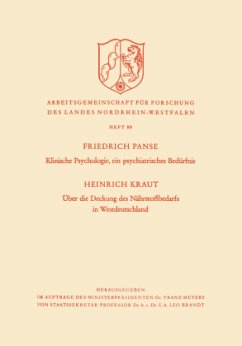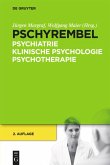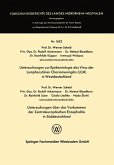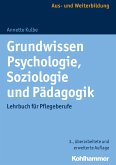In their race through the his tory of science, psychiatry and psychology have run long stretches neck and neck without any mutual germination. It was only a hundred years ago that the first contact was established between psychology and psychopathology, when Griesinger (1845) began to view psychopathological phenomena in the light of psychology, basing his study on Herbart' s psychology. The greater the subsequent necessity for psychiatry to meet practical requirements - for instance in the case of forensic questioning -, the more the psychiatrist found himself compelled to bring the foundations of his profession into precise focus, and at the same time to spread them to cover a broad standard psychology. When G. Th. Fechner wrote his "Elements of Psychophysics" in 1860, and develop ed the "basic law of psychophysics", concepts such as that of the "threshold of stimulus" and methodically computed measurements of sensitivity laid the initial foundations of an experimental psychology capable of gradual penetration into the realms of psychiatry. On the other hand, encephalopathological phenomena such as internal impediments in speech, the various types of aphasia, constrained psychiatrists to interpret such impediments in terms of psychology. Finally, the most important of Wilhelm Wundt's works (from 1891 onward) beamed towards psychiatry very powerful stimulation tending in the direction of the experimental registration of sensorial perception, powers of concentration, speed of reaction, emotional expression, and the conscious, and so paved the way towards a genuine and lasting rapprochement between psychiatry and psychology.
Hinweis: Dieser Artikel kann nur an eine deutsche Lieferadresse ausgeliefert werden.
Hinweis: Dieser Artikel kann nur an eine deutsche Lieferadresse ausgeliefert werden.








